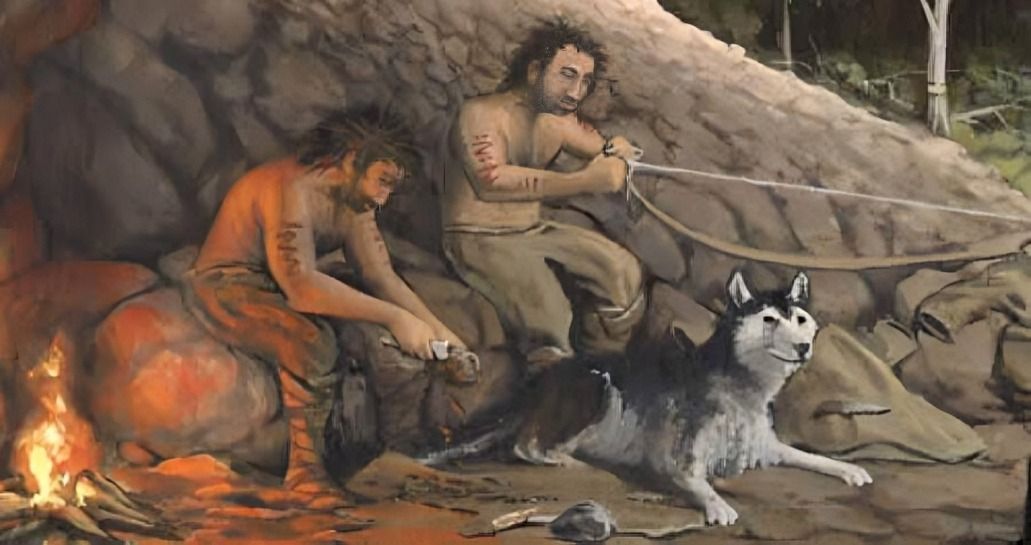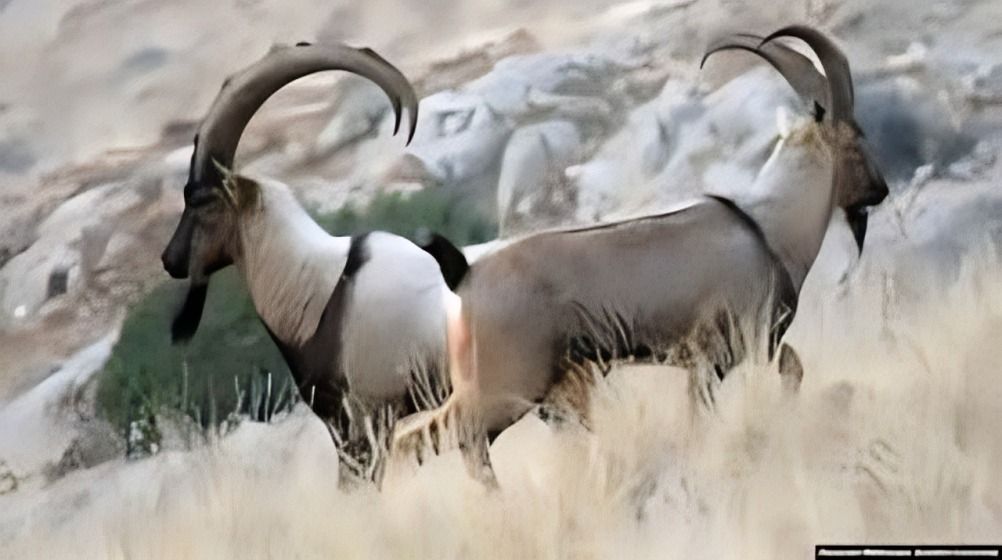
“
The domestication of animals in the Mesolithic Era marks a significant turning point in human history, bridging the gap between hunting and agriculture. In this article, we present 20 captivating Animals Domestication in the Mesolithic Era, highlighting how these early relationships shaped the trajectory of human civilization and animal husbandry.1
1
”
Domestication is the process of reordering wild animals into forms that serve human interests. It involves humans gaining control over the breeding and behavior of animals. 1

The earliest attempts at animal domestication occurred in the Old World during the Mesolithic Period. Dogs were domesticated in Central Asia around 15,000 years ago by hunter-gatherers.
The successful domestication of goats, cattle, and other animals, along with plants, began before 9500 BCE, marking the start of the Neolithic Period. During this time, primitive agriculture emerged as a social activity. 2
The economic role of domesticated animals developed gradually. Dogs likely assisted hunters in tracking game and protected human settlements, alerting inhabitants to potential dangers. 3
The domestication process during the Mesolithic era was not as rapid or complete as in the Neolithic. Many animals, like wild goats and sheep, were gradually tamed and herded, but full domestication occurred later with the rise of agriculture. 4
Rabbits weren't domesticated until the Middle Ages, while sugar beets became cultivated for sugar in the 19th century, and mint in the 20th century. The 20th century also saw the rise of a new branch of animal breeding for high-quality fur production.5
In some regions, Mesolithic people began managing wild populations of animals, such as reindeer and wild cattle. This management was a precursor to full domestication, as seen in sites in Northern Europe, where herding behaviors were observed. 6

In the early stages of domestication, sheep and goats were primarily used for meat. Over time, they became valuable for producing milk and wool. This shift added significant economic importance to their domestication.
Domestication in the Mesolithic era was closely linked to the beginnings of agriculture. As humans transitioned from hunter-gatherers to settled farmers, animal domestication became more common, setting the stage for the Neolithic revolution. 7
Donkeys and camels were primarily domesticated for transportation and carrying loads. Their unpalatable meat made them unsuitable as a preferred food source. Their main value lay in their utility for travel and transport. 8
The earliest domesticated hens were likely used for sport, particularly in cockfighting, which led to the selection of larger birds. Over time, roosters gained religious significance in various cultures. 9
Early domestication of cats likely stemmed from the joy of keeping them as pets, along with their natural ability to catch mice and rats. This practical benefit encouraged people to keep cats in their homes. 10

Bees were domesticated at the end of the Neolithic Period primarily for honey production. Honey has been a vital source of nutrition for humans since ancient times, remaining the primary sweetener until about 200 years ago.
The post-glacial climate of the Mesolithic era influenced domestication practices. The warmer climate supported larger populations of wild animals, reducing the immediate need for domestication, though some regional attempts were made.11
In the Near East, Mesolithic communities began domesticating animals earlier than in Europe. Wild goats, sheep, and cattle were sometimes herded and managed, laying the groundwork for the extensive animal husbandry seen in the Neolithic. 12
In the Mesolithic, the emphasis was on using animals for assistance in hunting and protection rather than agricultural production, which became more prominent in the Neolithic era. 13
The silkworm was domesticated in China by at least 3000 BCE for silk production. By 1000 BCE, the techniques for breeding and raising silkworms were well-documented. 14
The post-glacial period brought about environmental changes that influenced human-animal interactions, allowing for more abundant wildlife and facilitating the beginnings of domestication. 15
The domestication process was not uniform; different regions experienced varied rates and methods of animal domestication, influenced by local resources and cultural practices. 16
Initially, domesticated cattle produced just enough milk to feed their calves. The breeding of cows for higher milk production occurred much later in domestication history. This development significantly increased their economic value. 17


